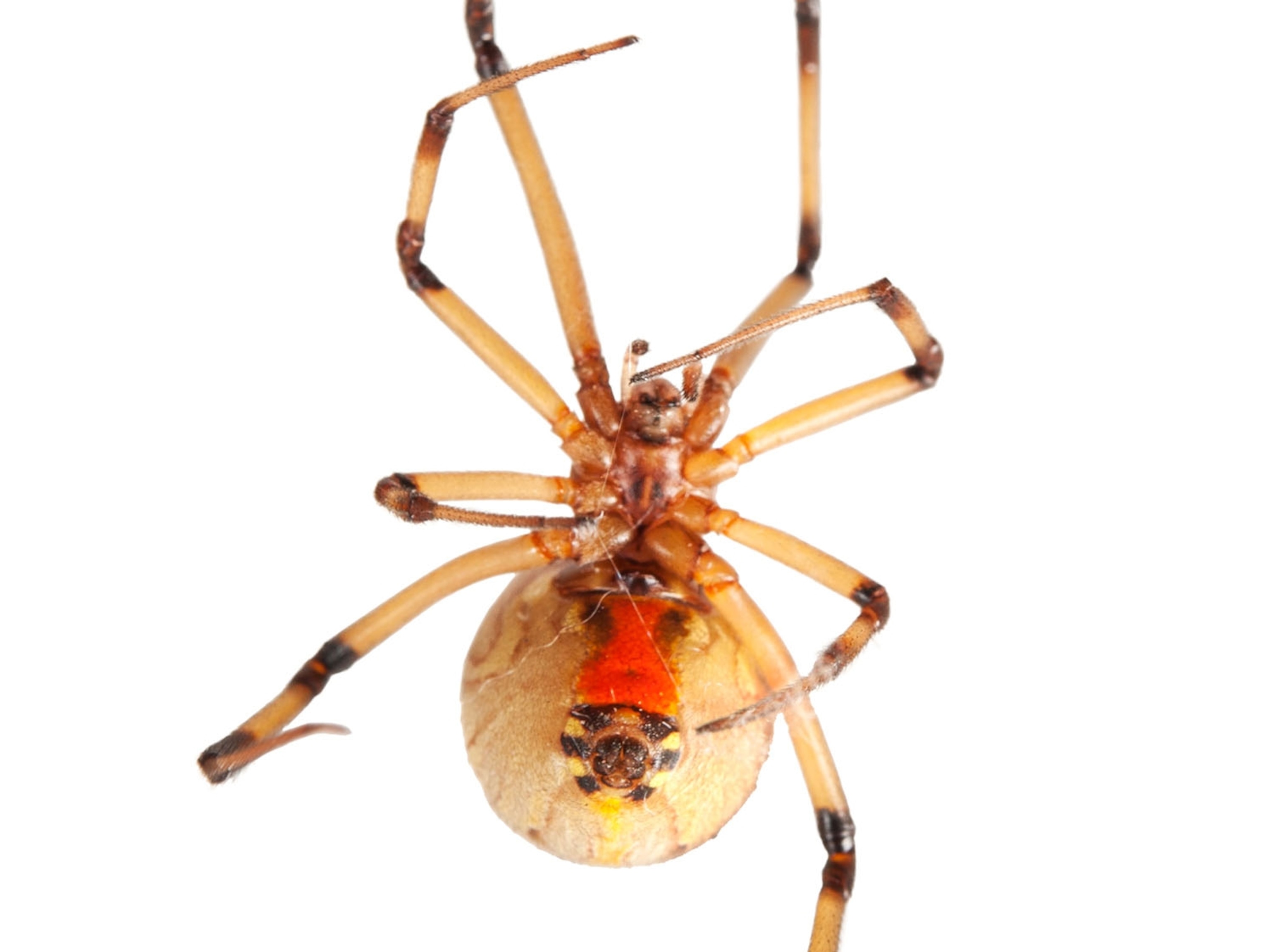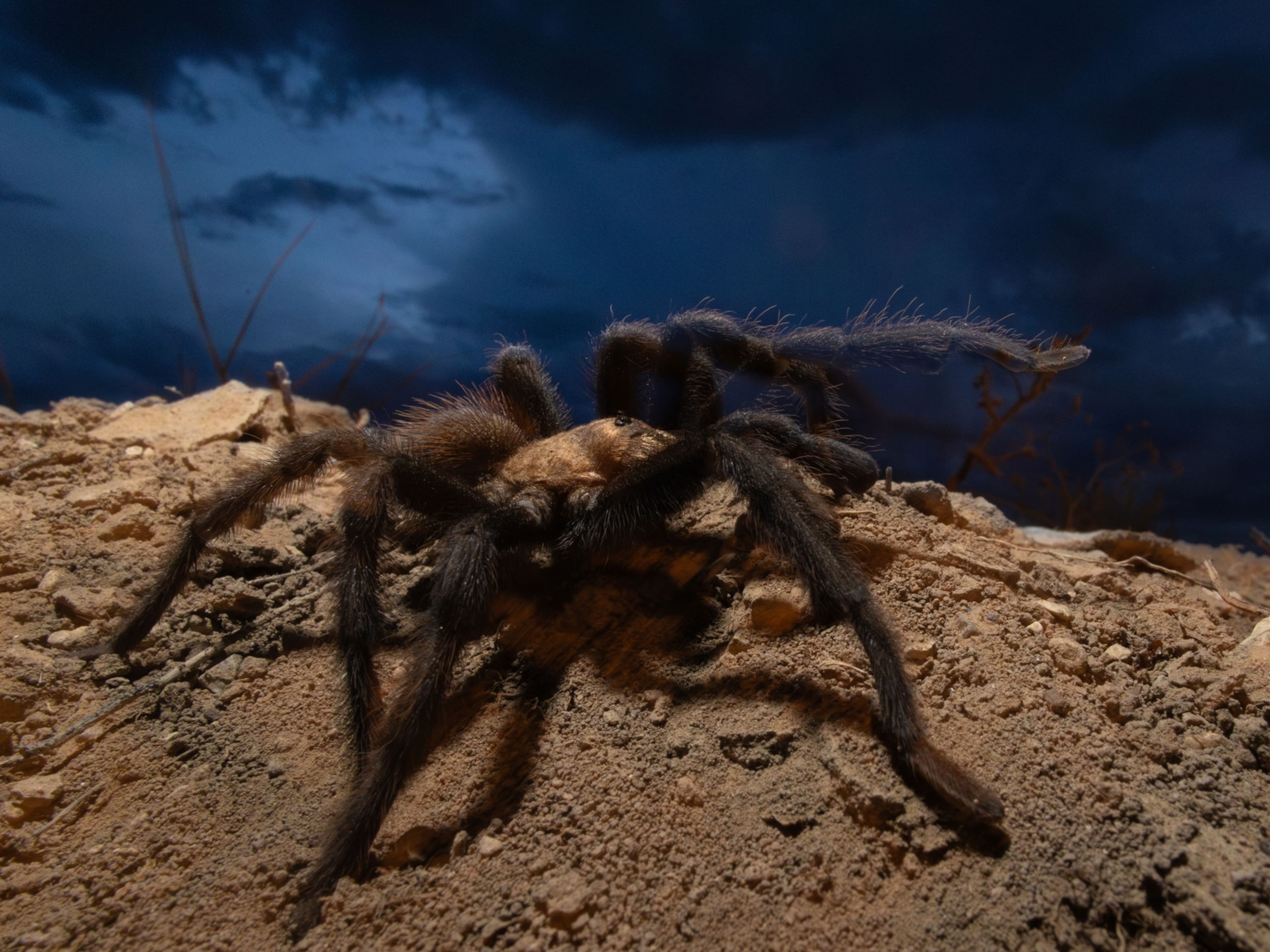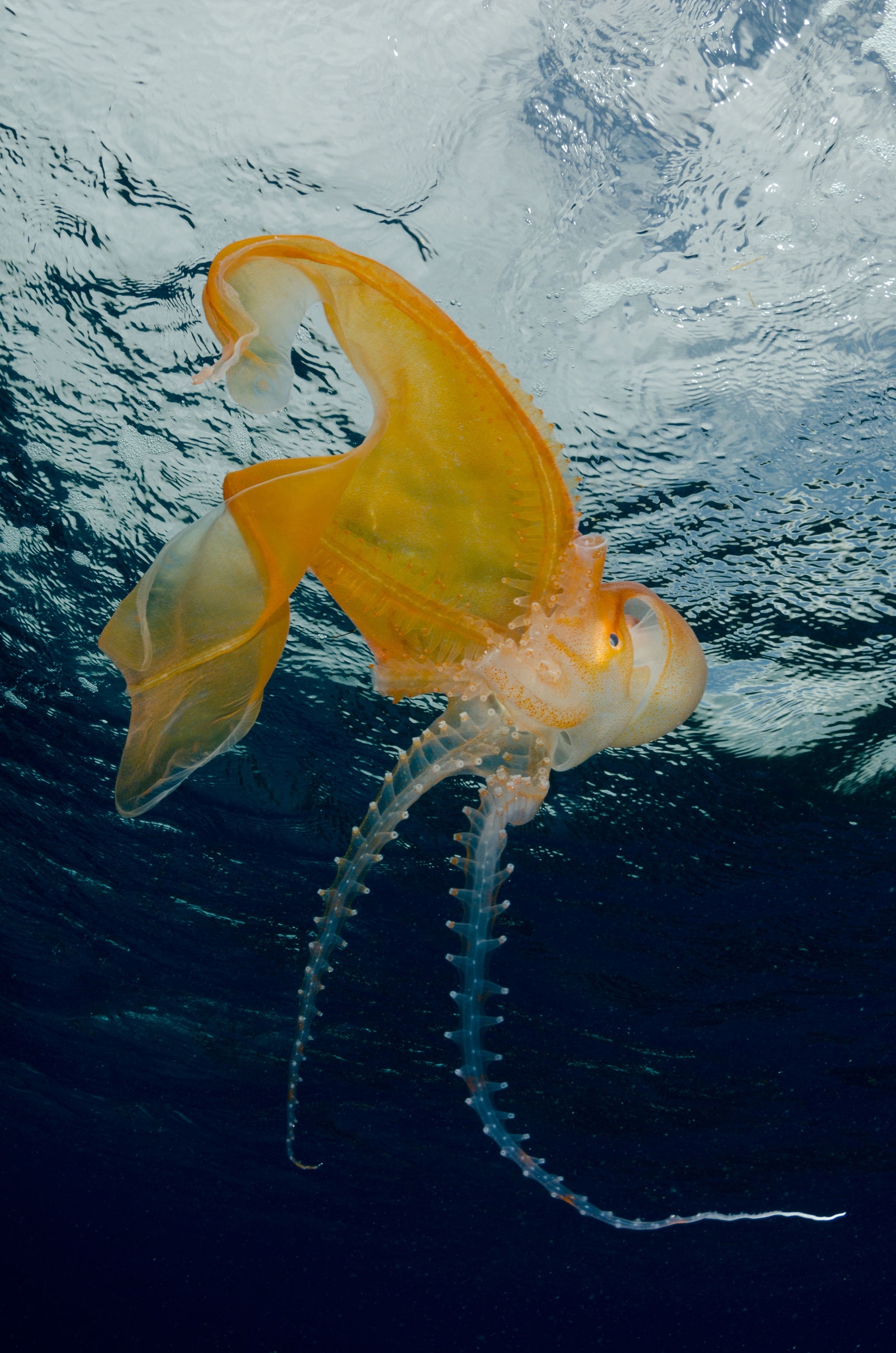
This Octopus is 40,000 Times Heavier Than Her Mate
Many females are larger than males—for good reason.
We've had many King Kong remakes and spinoffs, but you never hear much about Queen Kong.
It's true that gorilla males are much bigger than females. But dramatically large females are the norm in some species of frogs, turtles, lizards, snakes, and spiders. (See "6 Fierce Animal Moms That Go to Extremes For Their Young.")
And there's a reason for their heft—aside from the obvious fact that big is beautiful.
"Bigger females can produce a larger number of offspring," says Greg Pauly, curator of herpetology at the Natural History Museum of Los Angeles.
For instance, female map turtles, native to the central and eastern U.S., can be twice as long and ten times the mass of males—all the better for toting more eggs.

In orb weavers and crab spiders, "females may be a hundred times bigger than males," Jo-Anne Sewlal, an arachnologist at the University of the West Indies, St. Augustine, says by email. In fact golden orb weaver males are so small they are often mistaken for offspring.
For Some Males, Smaller Is Better
Tiny males can be just as advantageous, she says.
Smaller male spiders can easily navigate through downed trees, rocks, and other aspects of a complex habitat to get to females, which stay put in their webs.
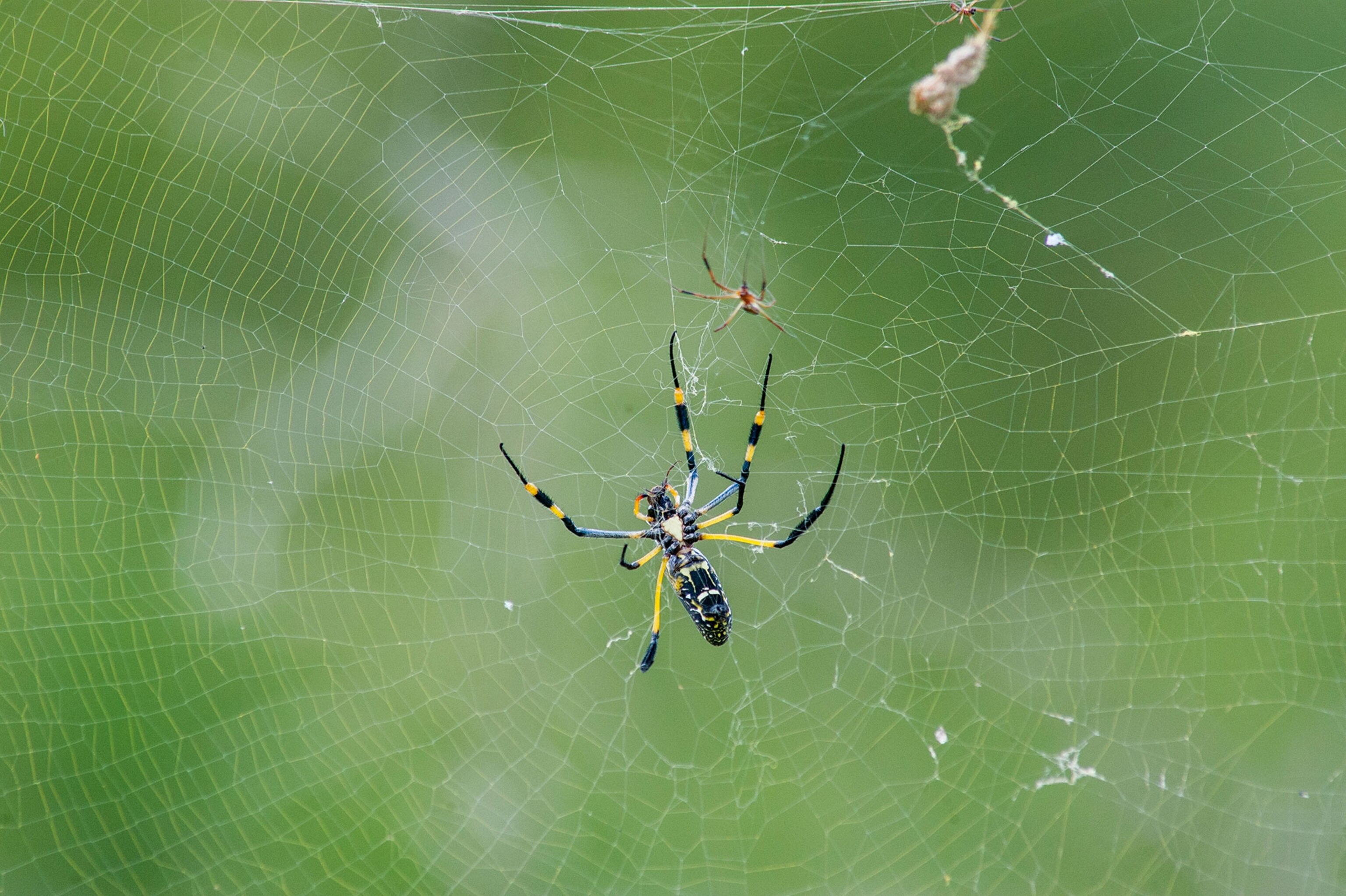
A 2010 study showed that smaller spiders were more likely to "bridge"—walk upside down under self-made silk bridges—allowing for quick dispersal and access to more mating opportunities. Larger females were less likely to bridge.
Going over tree roots and other complex elements of landscape is also easier for smaller male turtles in search of females, Pauly adds.
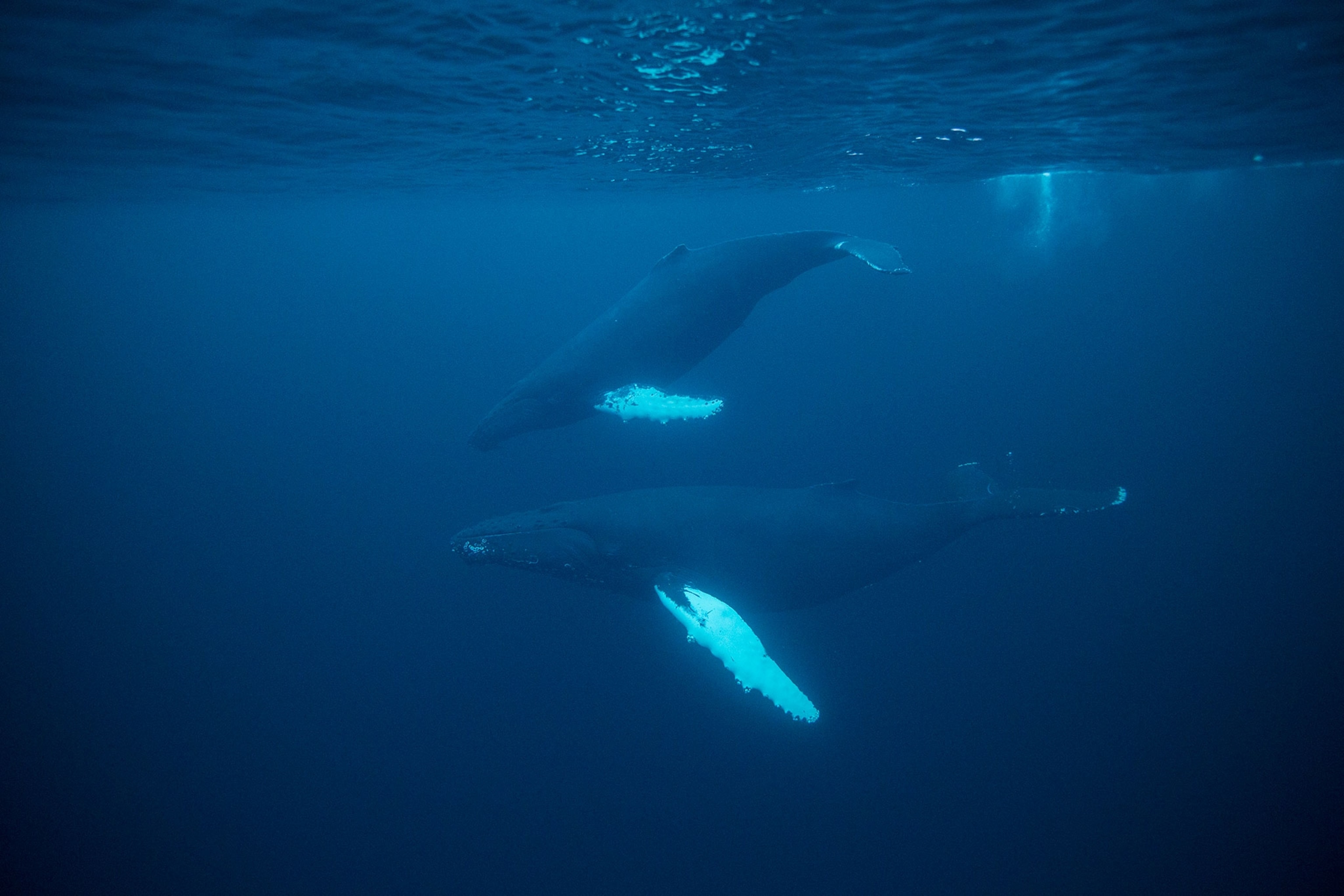
Marine Life and Mammals
Tiny male marine creatures may have a difficult time finding a mate in the open ocean—even if she is many times larger.
Blanket octopus females, which inhabit subtropical and tropical oceans, can reach nearly seven feet in length, compared with males that are about 0.9 inch long. They're also 40,000 times heavier than the male, whose energy is better spent locating a female than growing big.
Female boneworms, which make a living eating the skeletons of dead whales, get up to seven centimeters long. In most species, the microscopic males live inside the females, and just keep providing sperm. (Related: "Anglerfish, Taking Romantic Attachment to a Whole New Level.")
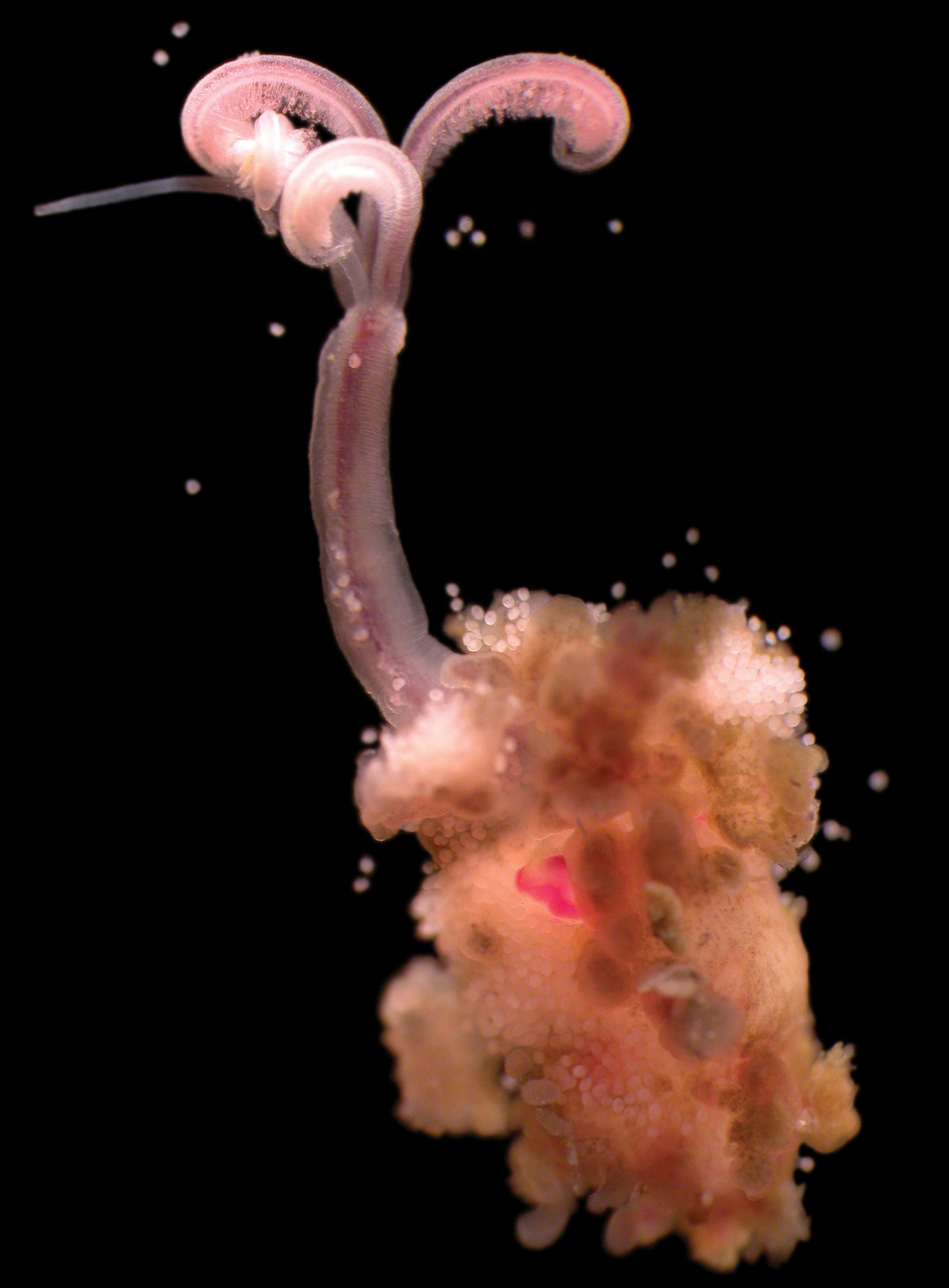
Among mammals, male-to-male combat to establish dominance typically makes males larger—think massive elephant seals battling for territory.
There are some exceptions, like female baleen whales, which are bigger than males. Humpback whale females can reach 60 feet while males are slightly shorter.
Keeping the Peace
In some cases, the sexes' size differences actually make life easier.
Amazing Pictures of Sea Turtles
Map turtle females, for instance, can crush larger prey, like clams, which the males can’t—so there's less competition within the species for food, Pauly says.
That's one way to keep the marital peace.
Have a question about the weird and wild world? Tweet me or find me on Facebook. Weird Animal Question of the Week answers your questions every Saturday.















